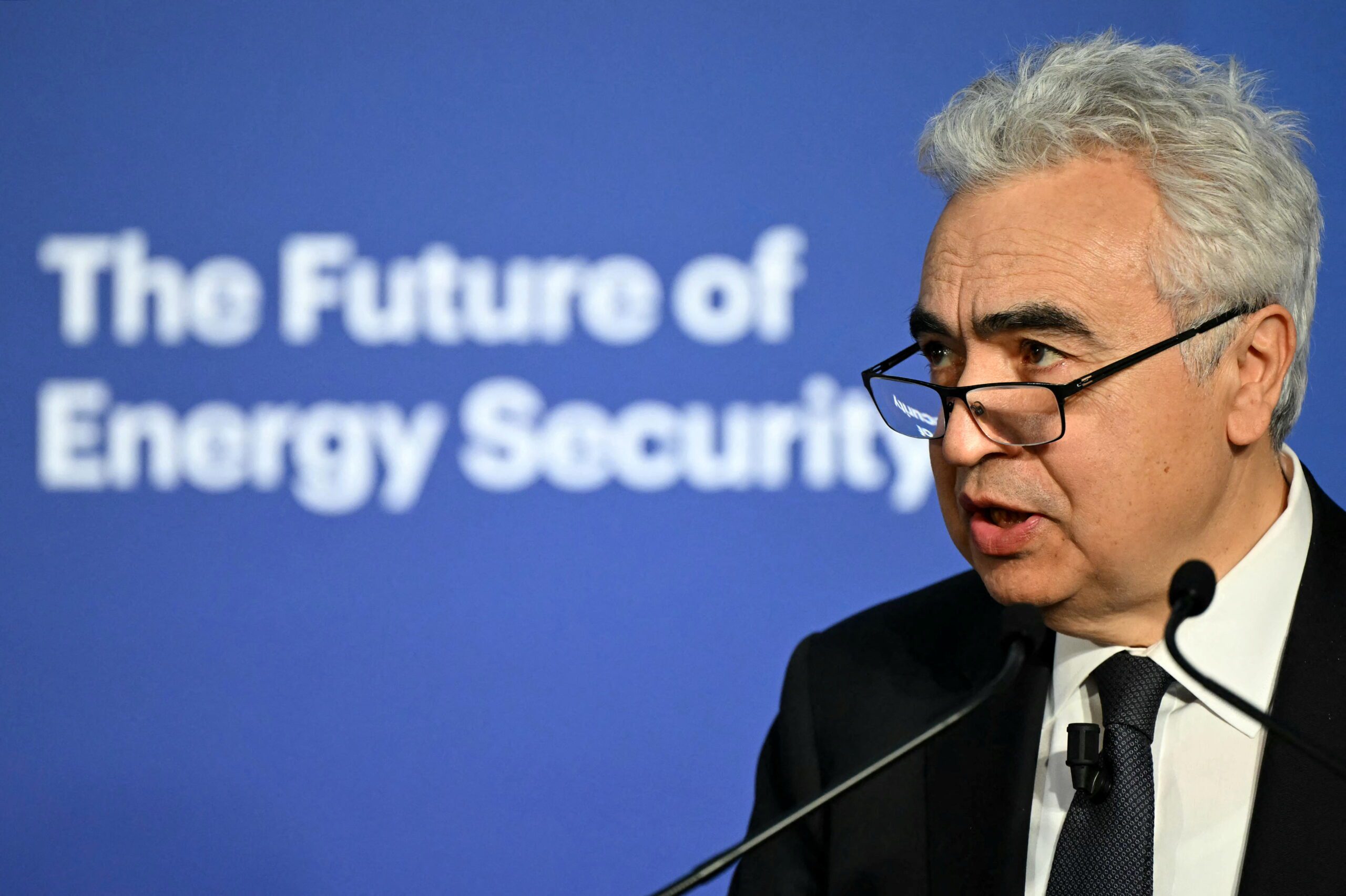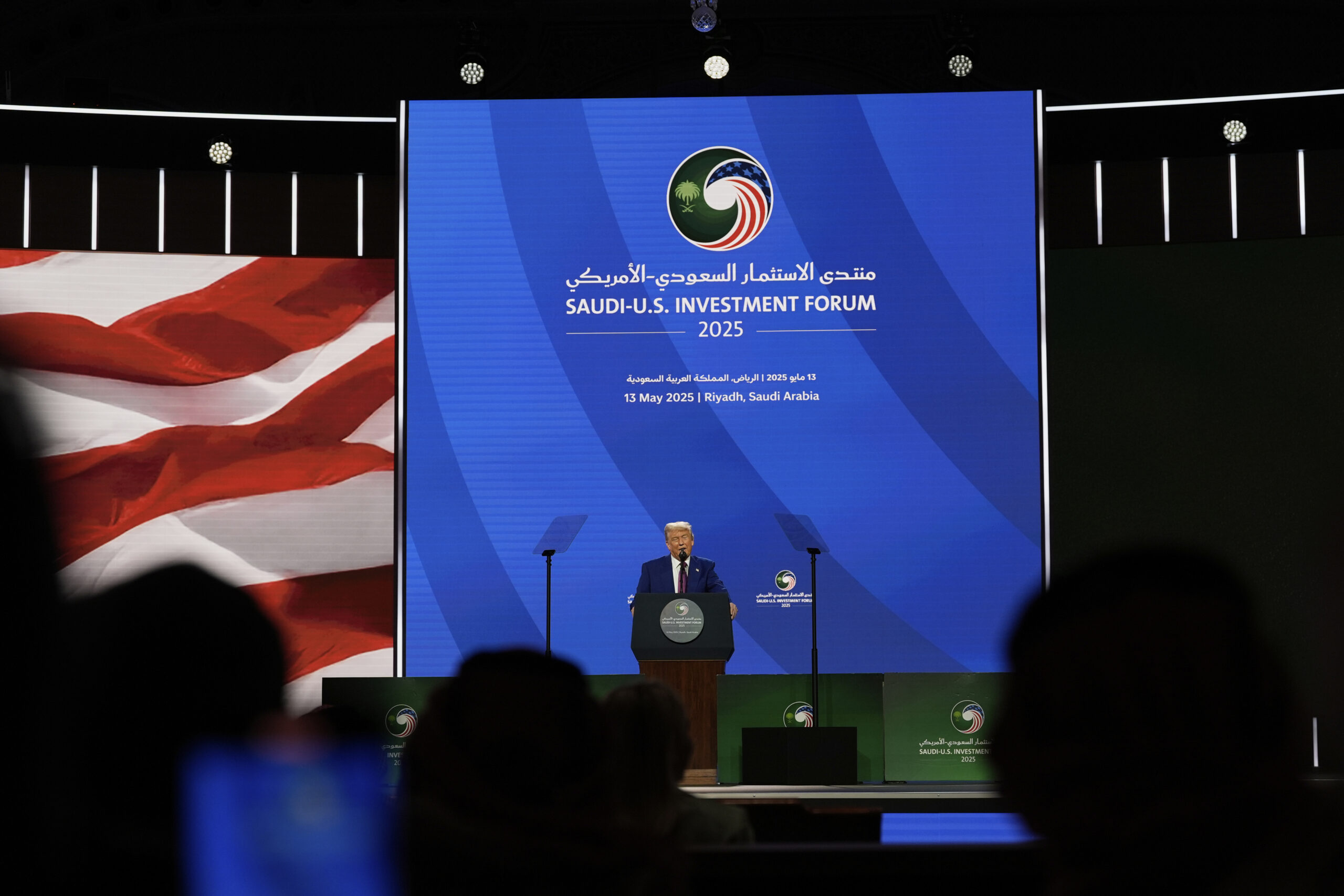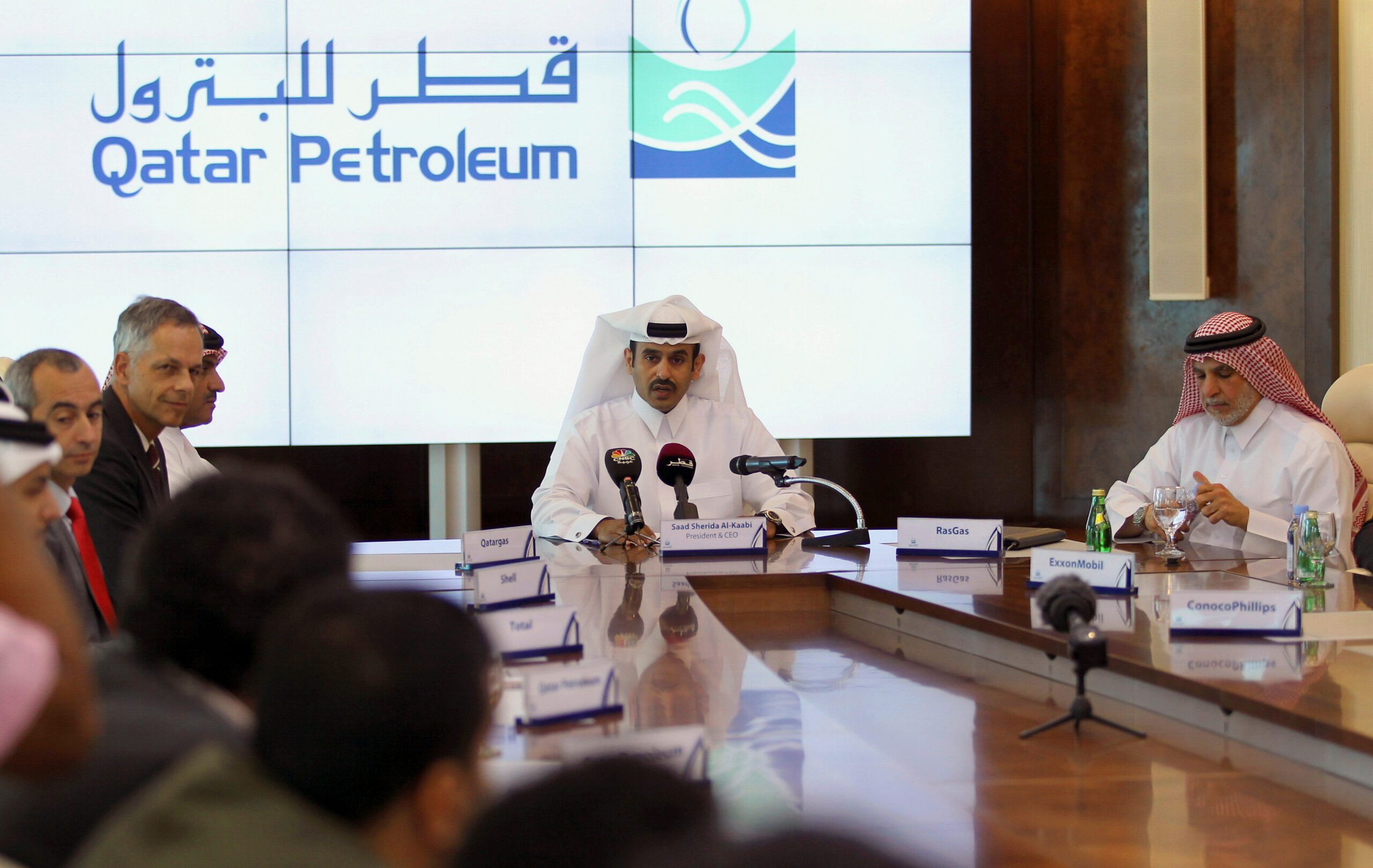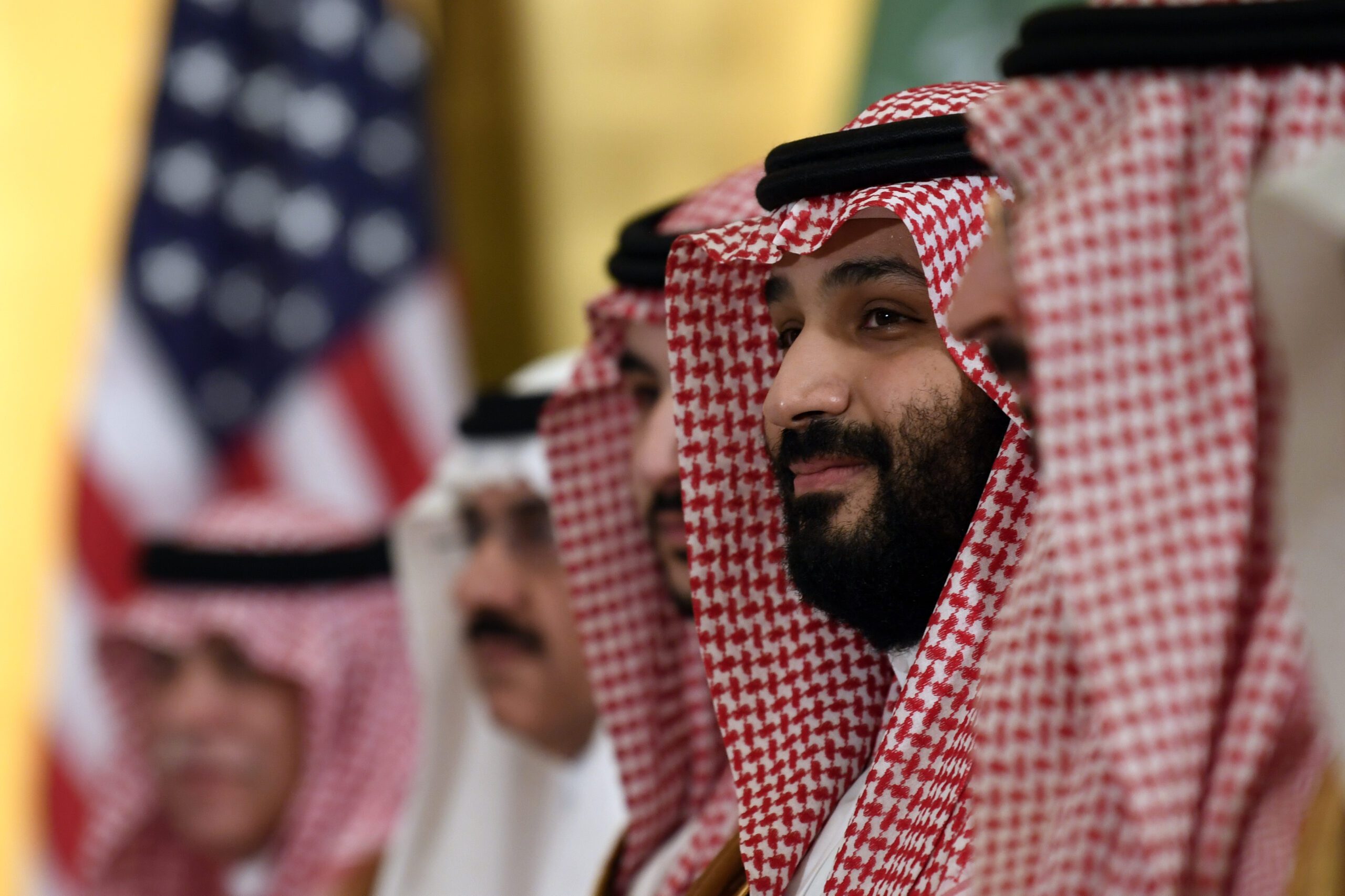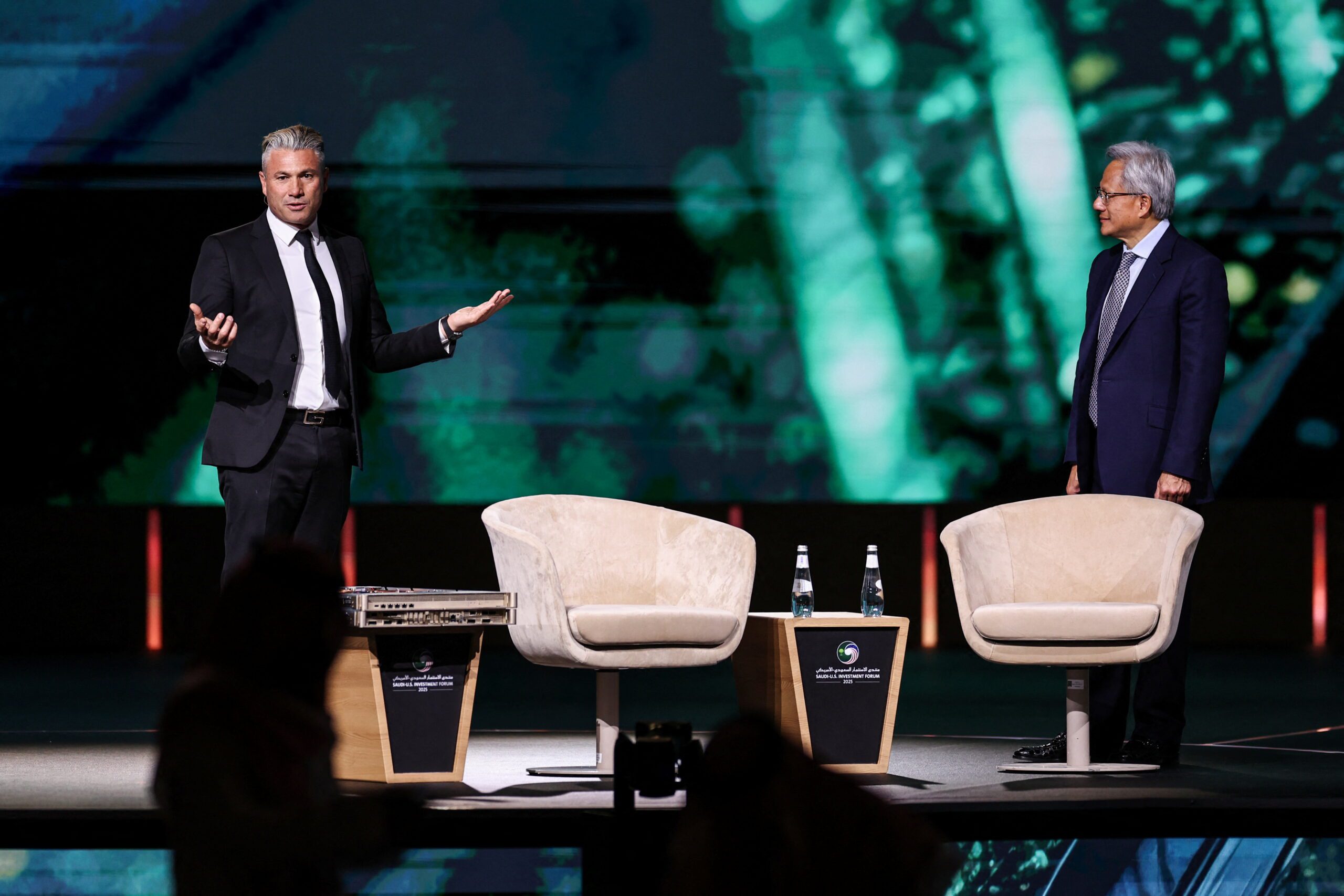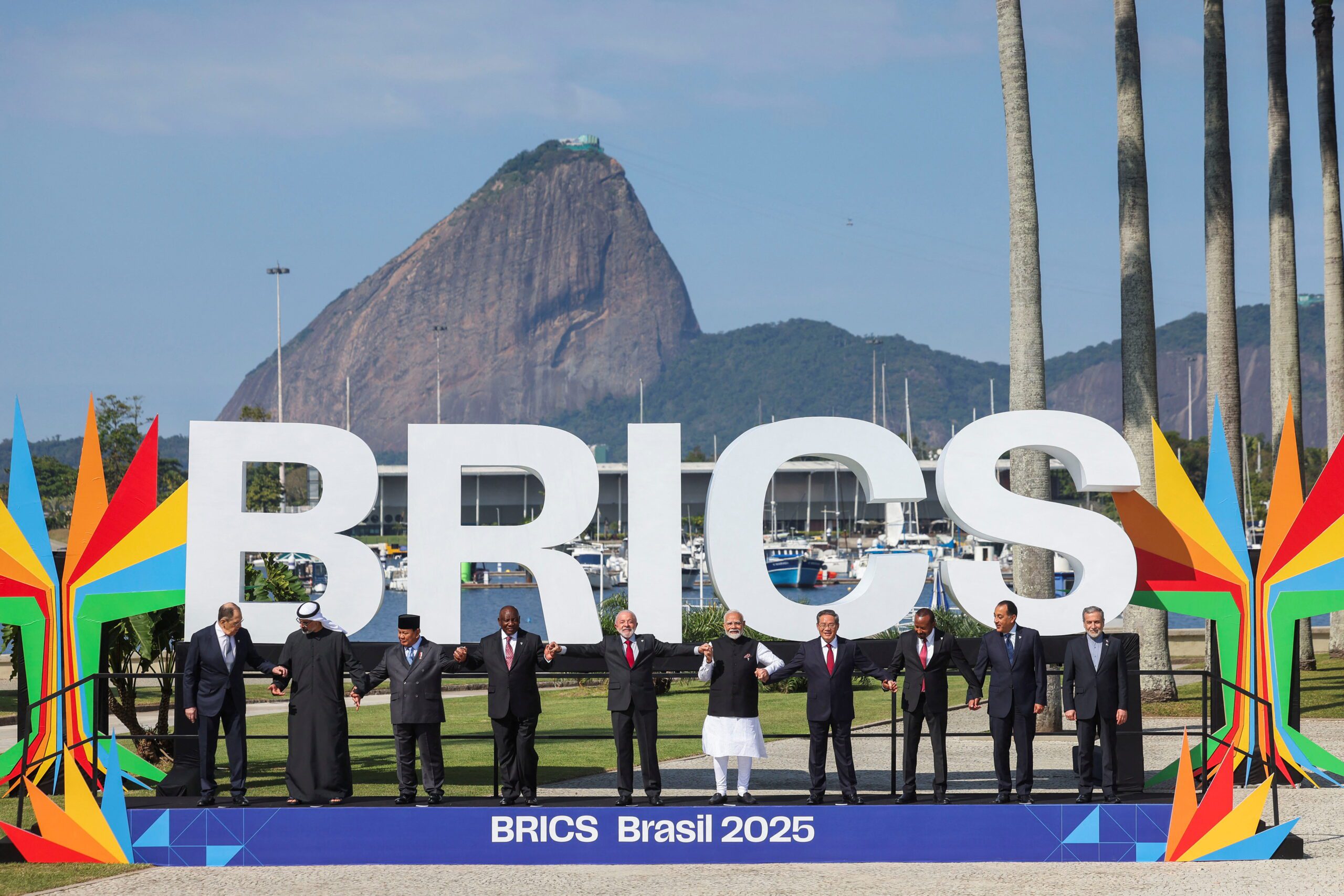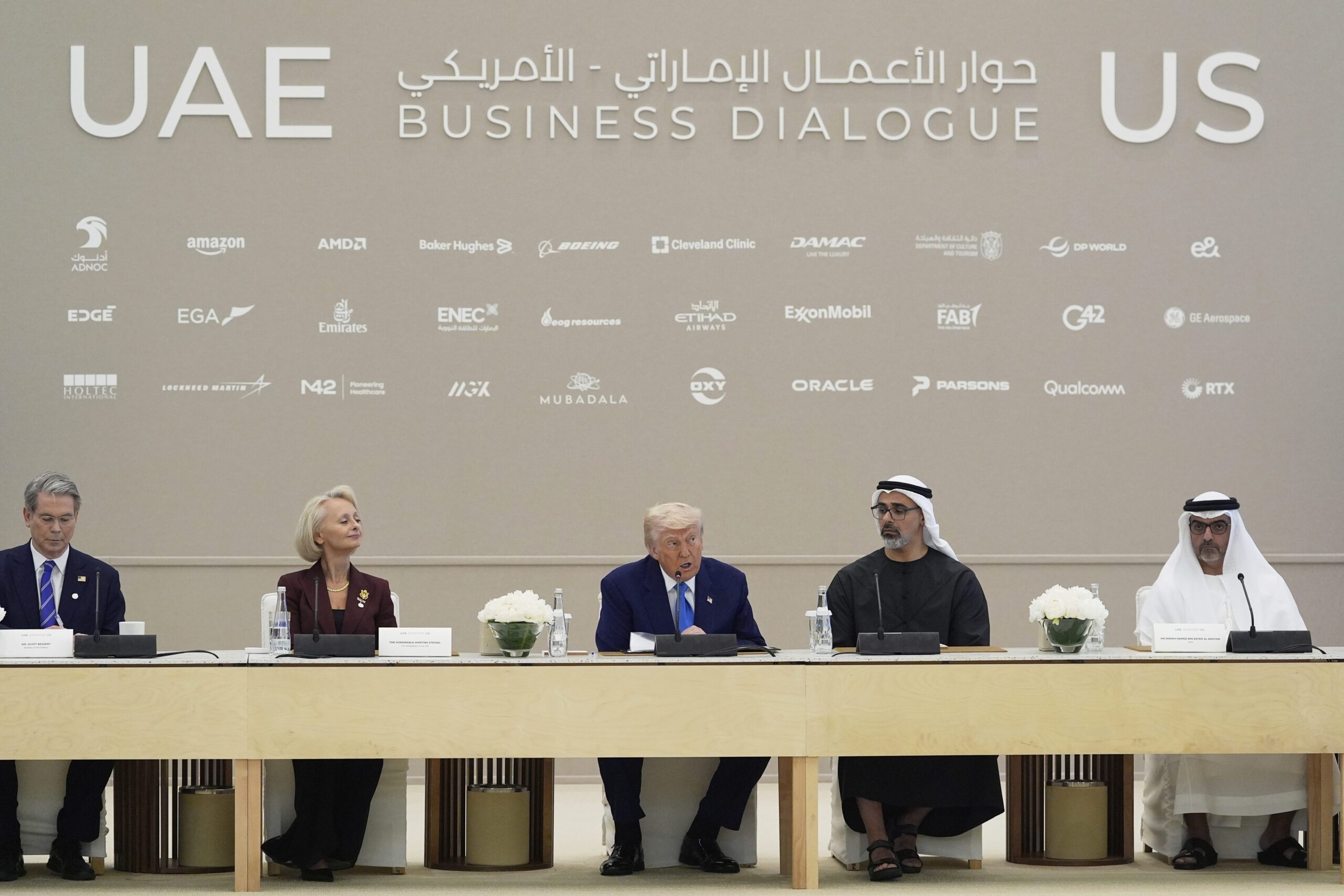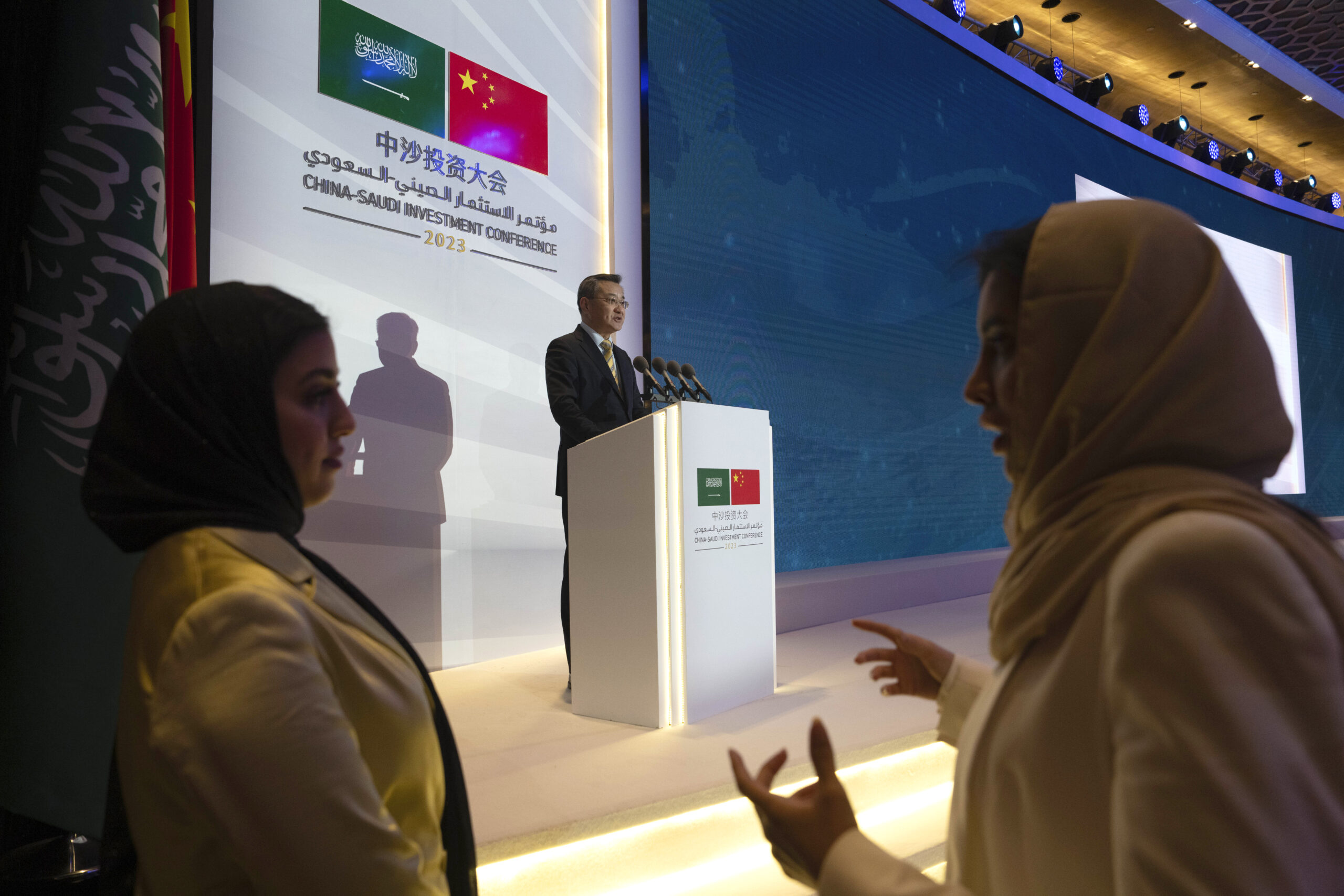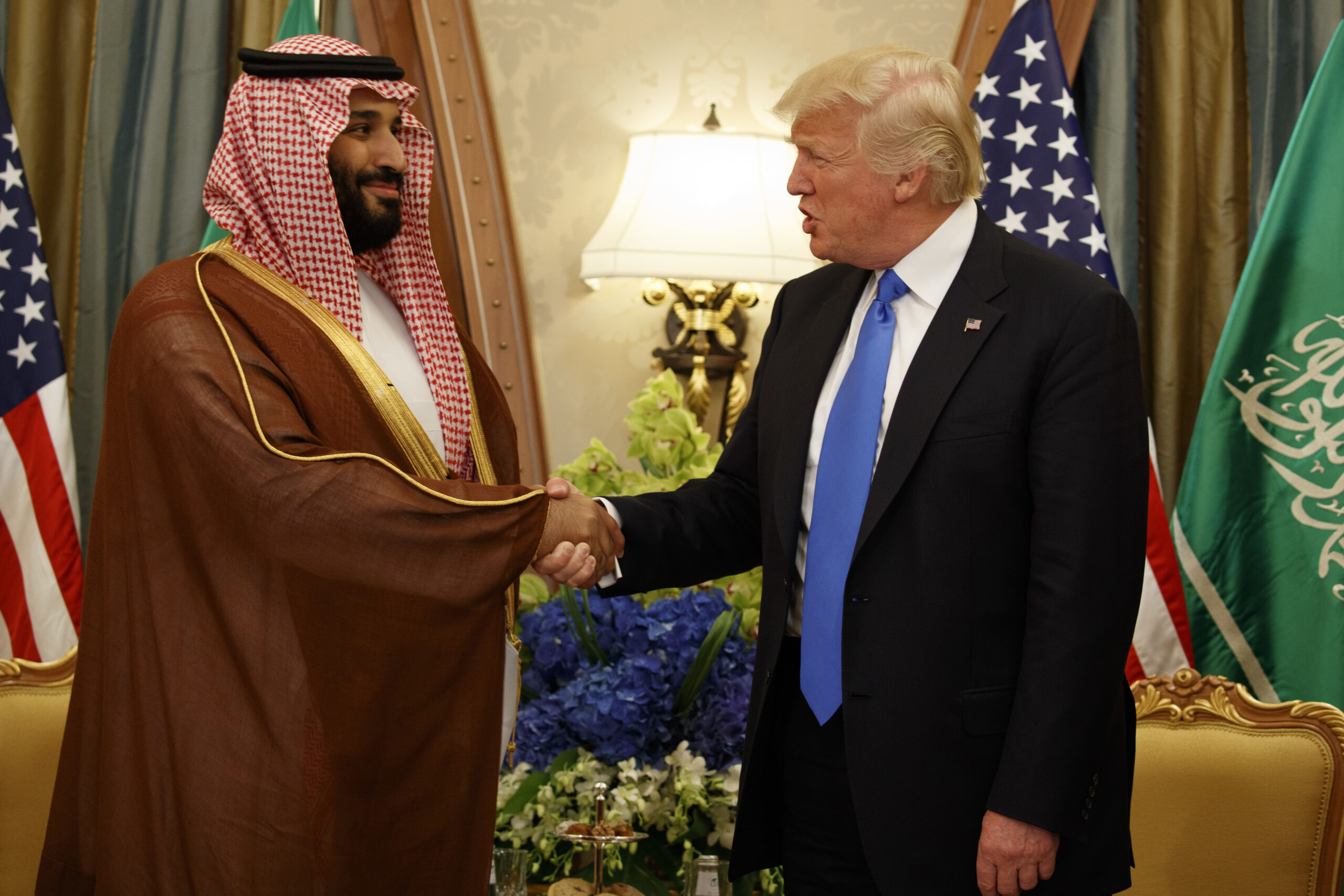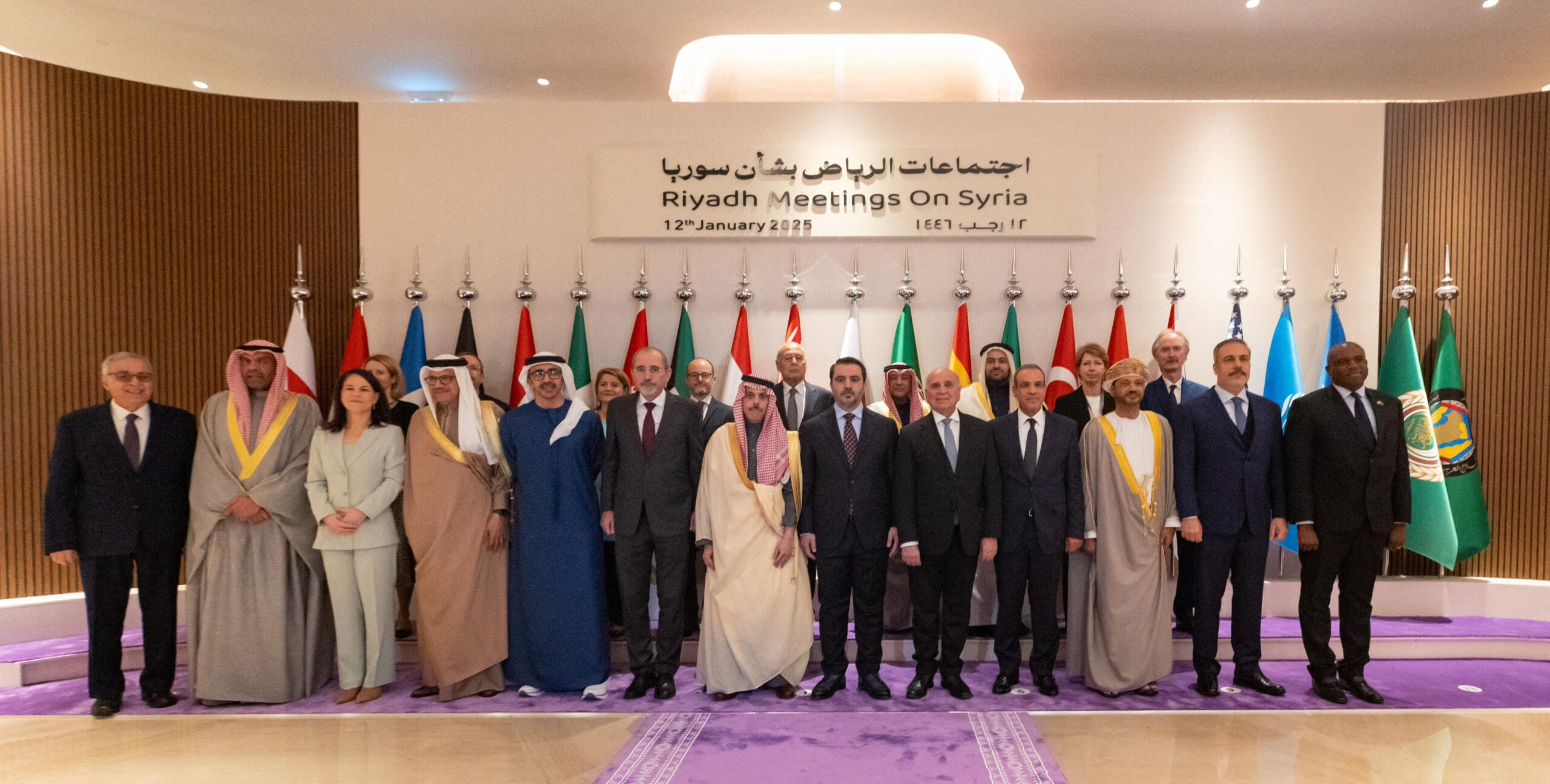Evolving Chinese Demand for Gulf Oil and Gas
China’s willingness to boost imports of discounted Russian crude oil reinforces why Gulf oil- and gas-producing states should strive for diversified energy partnerships.
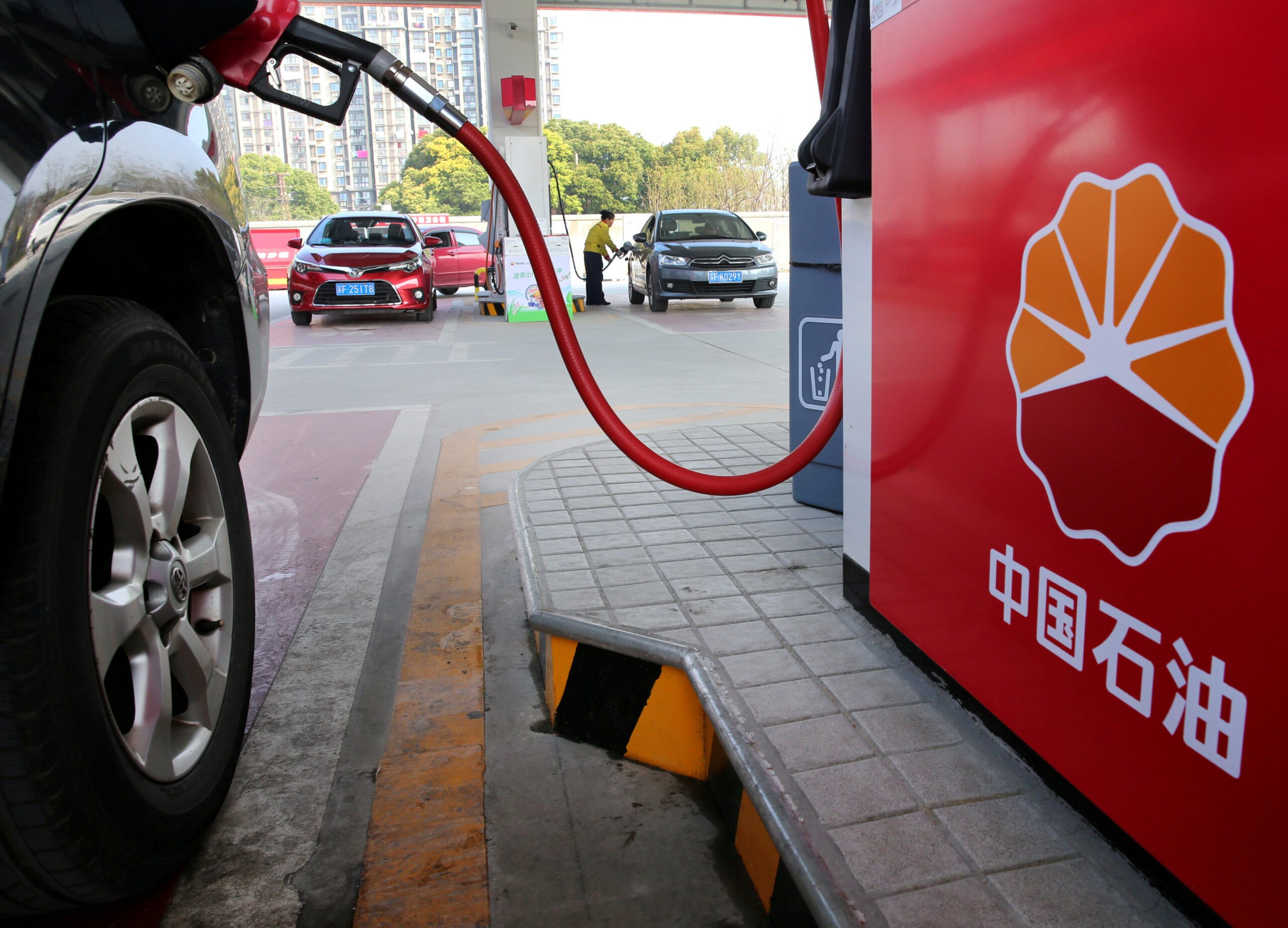
The Russian invasion of Ukraine and consequent spike in energy prices has demonstrated the geopolitical implications of globalized energy partnerships. Some international buyers – especially those in Europe – sought to distance themselves from purchases of Russian crude oil and gas. Other buyers, such as those in China and India, took advantage of deeply discounted Russian energy exports. China’s crude oil imports from Russia in May jumped 55% year-on-year, supplanting Saudi Arabia as the top supplier for that month.
China’s imports of crude oil from Russia reached an estimated 2.01 million barrels per day in June, whereas Chinese imports of Saudi crude oil dropped from 1.85 mb/d in May to 1.44 mb/d in June. In May, Chinese orders for Russian crude oil came from Shandong plants, which do not typically process Saudi crude, and therefore increased imports did not appear to come at the direct, immediate expense of Saudi Arabia. However, some June orders for Russian crude came from Sinopec, a customer of Saudi Aramco, suggesting that additional Chinese demand for Russian crude oil may at some point negatively impact Chinese-Gulf energy ties.
China nevertheless currently remains a central market for Saudi, Iraqi, Omani, Emirati, and Kuwaiti crude oil exports as well as Qatari liquefied natural gas exports. Indeed, the overall volume of Chinese imports from Middle East suppliers increased 10% year-on-year for the period covering the first five months of 2022, according to MEES. Outsized Chinese influence as an oil and gas importer, however, is not evenly distributed across the region. Dynamic and uneven Chinese demand for hydrocarbon commodities produces varying and distinct geoeconomic implications for Gulf Arab countries.
China has a strong history of demand for Gulf energy exports. Yet Gulf oil producers should avoid becoming overly dependent on China, as its demand for energy evolves.
Energy Relations With Historical Perspective
Saudi Arabia exports more of its crude oil to China – valued at $24.7 billion in 2020 and $35.6 billion in 2019 – than to any other country. Saudi Aramco launched a new marketing strategy, which helped lead to a 47% increase in China’s imports of Saudi oil in 2019. Japan, India, and South Korea have long been major destinations for Saudi crude oil. Over the decade from 2020-11, Japan imported more Saudi crude oil than China during seven of the ten years. Yet Chinese demand for Saudi energy exports has exceeded that of other Asian countries in recent years.
In March 2022, Aramco made a final investment decision to develop a multibillion-dollar refinery and petrochemical complex in northeast China after having agreed upon the initial plans for the project in 2019. Aramco’s chief executive, Amin Nasser, has described China’s energy needs as the primarily state-owned energy company’s “highest priority” for at least the next 50 years.
China’s next-largest Gulf supplier of crude oil in recent years has been Iraq. Over the past several years, China and India have alternated as the top destination for Iraqi crude oil purchases. The coronavirus-induced economic downturn of 2020 did not immediately impact the crude oil trade between Iraq and China: The volume of Iraqi shipments to China increased by 27.5% in the first half of 2020 compared with the same period in 2019. Total Iraqi crude oil exports to China reached approximately $17 billion in 2020 and $21 billion in 2019 – up significantly from $2.91 billion in 2009.
In addition to these substantial Chinese imports of Iraqi oil, China for years has been a key investor in Iraqi oil fields as well as a financier of various infrastructure projects across the country. Despite the significance of the multifaceted Chinese-Iraqi energy partnership, Iraqi officials have expressed concerns about Chinese firms occupying an outsized role in the country’s upstream sector. In May 2021, the Basra Oil Company rejected efforts by ExxonMobil to sell its stake in the West Qurna 1 oilfield to two Chinese firms.
Chinese demand for Omani hydrocarbon exports is central to Chinese-Omani relations. China purchased 45.1% of Oman’s total exports in 2020, with petroleum and chemical products constituting $13.3 billion of the $13.8 billion worth of Omani exports to China. Total Chinese imports of Omani crude oil reached a record high of 901,000 b/d in 2021, up 19% from 2020, according to Chinese customs data and MEES calculations. Some industry observers believe that this figure may include disguised Iranian supplies, given that China’s reported import volumes exceed Oman’s official export figures. China purchased approximately 83% of Oman’s total oil shipments in the first half of 2021. In April and May 2020, China imported nearly 90% of Oman’s crude oil exports. However, China was not always the predominant market for Omani crude oil: China’s share of Oman’s crude oil exports stood at 36.8% in 2000. While China is an indispensable market for Omani energy exports, Oman only provides a small sliver – 7.5% in 2020 – of total Chinese crude oil imports.
The UAE has balanced its energy relations with various Asian consumers more evenly than many of its Gulf neighbors. In 2019, the UAE exported $3.98 billion of crude oil and $1.98 billion of petroleum gas to China, which reflected 25.3% and 12.6% of total Emirati exports to China, respectively. The value of the UAE’s energy-focused trade with China is relatively low when compared to that with Japan ($19.4 billion in crude oil) or India ($7.91 billion in crude oil). Despite starting from a lower threshold, Chinese-Emirati cooperation in the oil and gas sector appears to be growing. In November 2021, Chinese imports of crude oil from the UAE reached a record high. The UAE is seeking to expand its LNG production capacity alongside a reduction in domestic gas consumption by utilizing low-carbon alternatives, which may free up additional LNG exports for customers in China.
China purchased more Kuwaiti crude oil exports – valued at around $7.9 billion in 2020 and accounting for 28.6% of exported crude – than any other country. However, from 2000 to 2017, South Korea and Japan largely alternated as the top destination for Kuwait’s crude oil shipments. The value of Kuwaiti crude oil exports to India, Taiwan, and Singapore often exceeded the value of exports to China throughout the 2000s. Kuwait’s crude oil exports to China grew modestly from 2019-21, suggesting some room for additional growth. Chinese imports of other Kuwaiti petroleum products are a mixed bag. China’s imports of Kuwaiti refined petroleum have been negligible over the past several years. However, China imported approximately half of Kuwaiti natural gas exports in 2018 and 2019.
Qatar exported $7.81 billion worth of petroleum gas to China in 2019, constituting about 76% of all Qatari exports destined for China. Qatar also shipped around $1 billion of refined petroleum and $371 million in crude petroleum to China in 2019. In the decade leading up to 2019, the natural gas and refined petroleum segments of Chinese-Qatari energy trade grew tremendously, with Qatari exports of natural gas and refined petroleum at merely $424 million and $1.22 million respectively in 2009.
Qatar ordered $762 million worth of Chinese LNG tankers in October 2021, marking the first such Qatari purchase of Chinese carriers, and secured multiple long-term natural gas deals with Chinese companies in December 2021. Chinese buyers may ultimately move to secure more Qatari contracts, locking in future gas supplies rather than having to scramble for cargoes at volatile spot prices. Chinese national oil majors are reportedly in advanced talks with Qatar to invest in the North Field East expansion project and then buy Qatari LNG under long-term contracts.
Qatar, however, balances several crucial energy partnerships with Asian countries other than China. Japan is a key customer for both natural gas and crude oil from Qatar. The total value of Qatari exports to Japan, almost exclusively energy commodities, ranged from $33.7 billion in 2014 to $13.1 billion in 2019. India imported $8.14 billion of natural gas from Qatar in 2019, while China imported $7.81 billion, and South Korea imported nearly $7.68 billion.
China’s energy demand from Bahrain is negligible. In 2020, Bahrain sent all of its $143 million worth of crude petroleum exports to Japan. Bahraini exports of refined petroleum, valued at $3.19 billion in 2020, have a larger market. However, refined petroleum exports to China, valued at a mere $67.90 million in 2020, barely registered on the list of key trading partnerships. Japan, South Korea, and Singapore imported much larger quantities of refined petroleum from Bahrain than China; however, the neighboring UAE received the lion’s share of these Bahraini exports between 2016 and 2019.
Will Future Paths Diverge?
New energy trends may naturally push Gulf oil- and gas-producing countries to situate China amid a more diversified portfolio of energy partners. Qatar is positioning itself as an apolitical, noncontroversial supplier of natural gas in the aftermath of the Russian invasion of Ukraine, creating new opportunities to expand relations with European buyers. Saudi Aramco is likewise feeling out new market opportunities in Europe.
Saudi Arabia and the UAE are aiming to become the world’s top producers of hydrogen – a growing market and promising component of the global energy transition. Inaugural Gulf exports of ammonia, a substance used to store and transport hydrogen, have reached Japan, while South Korean companies have signed agreements with Neom for export-oriented hydrogen projects. The significance of Chinese-Gulf energy relations will continue to evolve alongside Gulf efforts to become production hubs for clean hydrogen and as China advances its long-term hydrogen plan for 2021-35.
Policies crafted in Beijing can also impact the nature of its economic relations with Gulf oil- and gas-producing countries. China wants 80% of its total energy mix to come from nonfossil-fuel sources by 2060, when the country hopes to become a carbon-neutral power. In the meantime, slowing and uncertain economic growth rates in China and the government’s propensity for tight border controls and lockdowns related to the coronavirus pandemic may hamper future demand for the Gulf’s energy commodities.
Where influential Chinese customers and investors rest within the broader mix of Gulf energy partners will be crucial for regional governments to maximize energy export revenue and continue advancing non-oil agendas. The smart diversification of energy partnerships over the short and medium terms is key to the successful diversification of Gulf economies away from oil and gas over the longer run.
The views represented herein are the author's or speaker's own and do not necessarily reflect the views of AGSI, its staff, or its board of directors.


